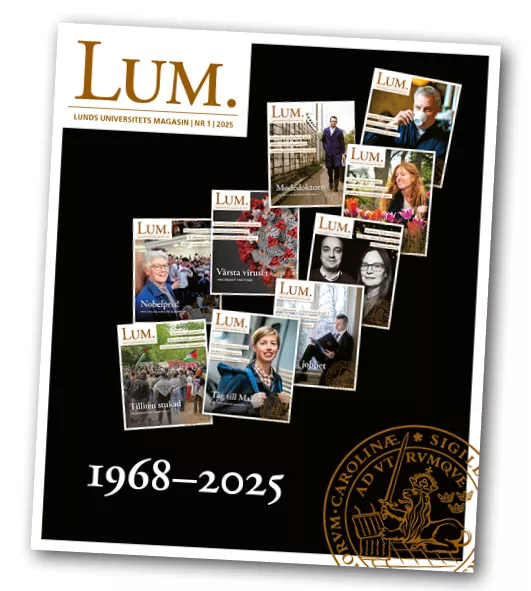Anne L’Huillier was honoured for her contribution to ultrafast laser science and attosecond physics.
“I haven’t really taken it all in yet. I have received awards before for my research, but this is unbelievable, very special. I wasn’t expecting it!”
A recognition for attosecond physics
The Wolf Prize – an international award given to researchers and artists from around the world – is presented by the President of Israel for achievements “in promoting science and art in the interest of mankind and friendly relations among people, irrespective of nationality, race, colour, religion, sex, or political views.” It is intended to pay tribute to leaders and pioneers in science and the arts who, through their research, have contributed to making the world better.
It was first awarded in 1978 when the Physics Prize went to Chinese-American physicist Chien-Shiung Wu. Anne L’Huillier is the first woman since to receive the award.
“For me, this is a career award. My research has been in this field from the beginning. There are many people I want to celebrate this with: my research team, my colleagues in the Division of Atomic Physics, my old colleagues in France and of course, my family.”
The award is a mark of special recognition for attosecond physics as a field of research, she says. And yet, how do you explain attosecond physics to someone who has never sat in Fysicum’s lecture halls?
The aspect of time
We start by explaining that an attosecond is an incredibly short interval of time. We are talking about a billionth of a billionth of a second. Extremely brief moments, in other words.
“One attosecond relates to the second as one second relates to the age of the universe. It equates to the time scale for how an electron moves inside an atom or a molecule,” says Anne L’Huillier.
Why is the time aspect so important?
“It is about being able to capture and map the movement with the help of ultrashort pulses of light, much like how a camera uses a very short exposure when its subject is moving fast. Furthermore, electrons are not particles in the classical sense in this context, they are more of a wave, and attosecond physics is about describing and characterising these waves.”
From France to Sweden
Born in France, Anne L’Huillier studied mathematics and physics at the University of Paris, completing her doctorate in Atomic Physics in 1986. The following year, she began her research in the field that eventually developed into and came to be known as attosecond physics.
“Back then it was a very narrow area. It has grown over the years, and even when we thought we may have discovered all there is to be discovered, the developments have continued and new, exciting ideas have emerged. For me as a researcher, it is a privilege to have been in the same field for so long and to have seen the knowledge, technology and applications develop. I think I have been very lucky in my choice of research topic.”
She came to Lund because the French research institute where she worked had a collaboration with Lund University, which was then building a new, advanced laser laboratory. Five years later, in 1997, she became professor at Lund University’s Faculty of Engineering (LTH). Here she is active at the Lund Laser Centre and leads a research team, which, using ultrashort light pulses generated by laser technology, provides insights into the microcosm of the atom.
A combination of theory and experiment
When asked what it was that guided her choice, and what it is that is so enjoyable about attosecond physics, she does not hesitate for a second:
“Firstly, that it is experimental, and we work with state-of-the-art lasers and instrumentation, very technical. Yet, at the same time, it is incredibly enjoyable, very theoretical! In this field it is possible to combine theory and experiment, atoms and quantum physics with light and optics.”



